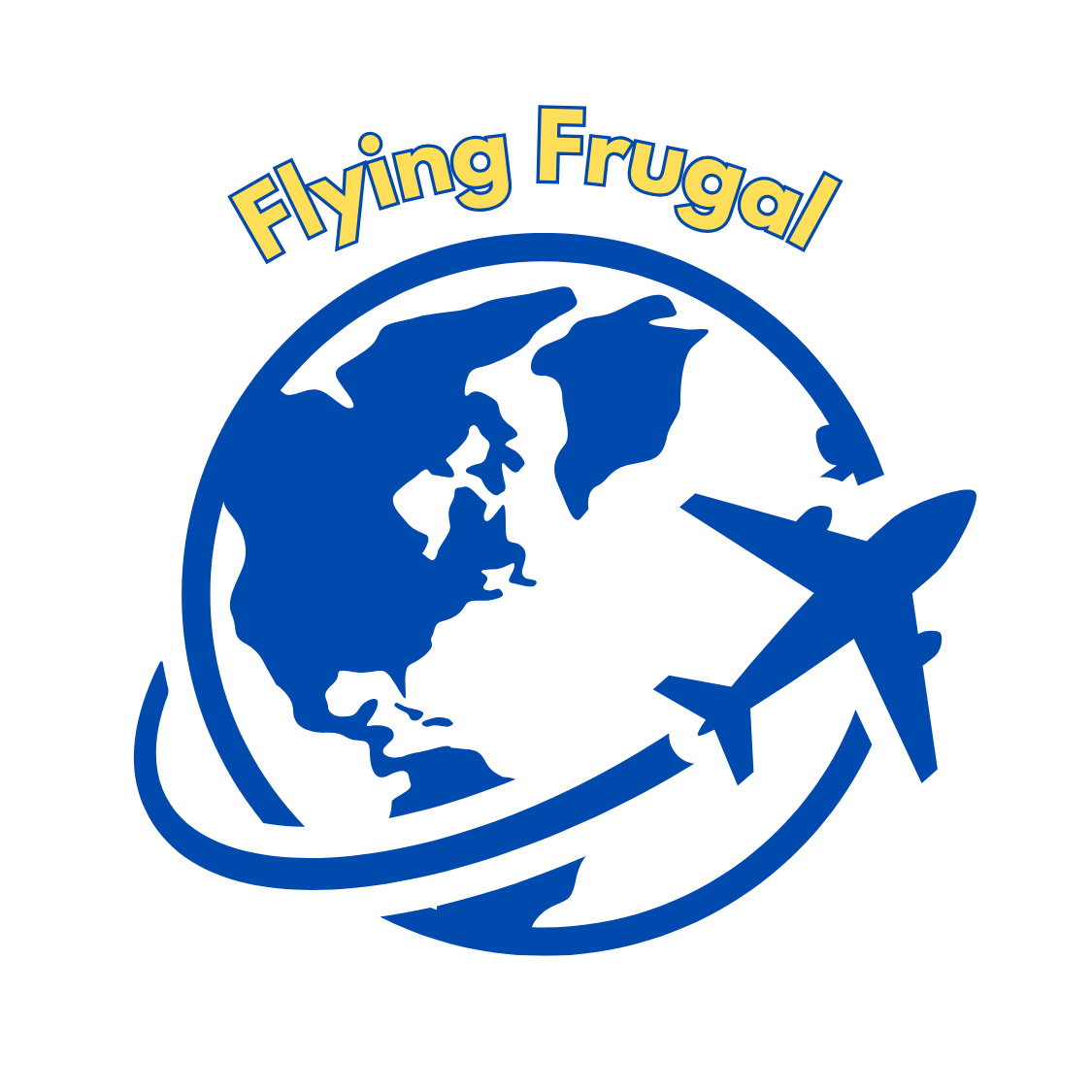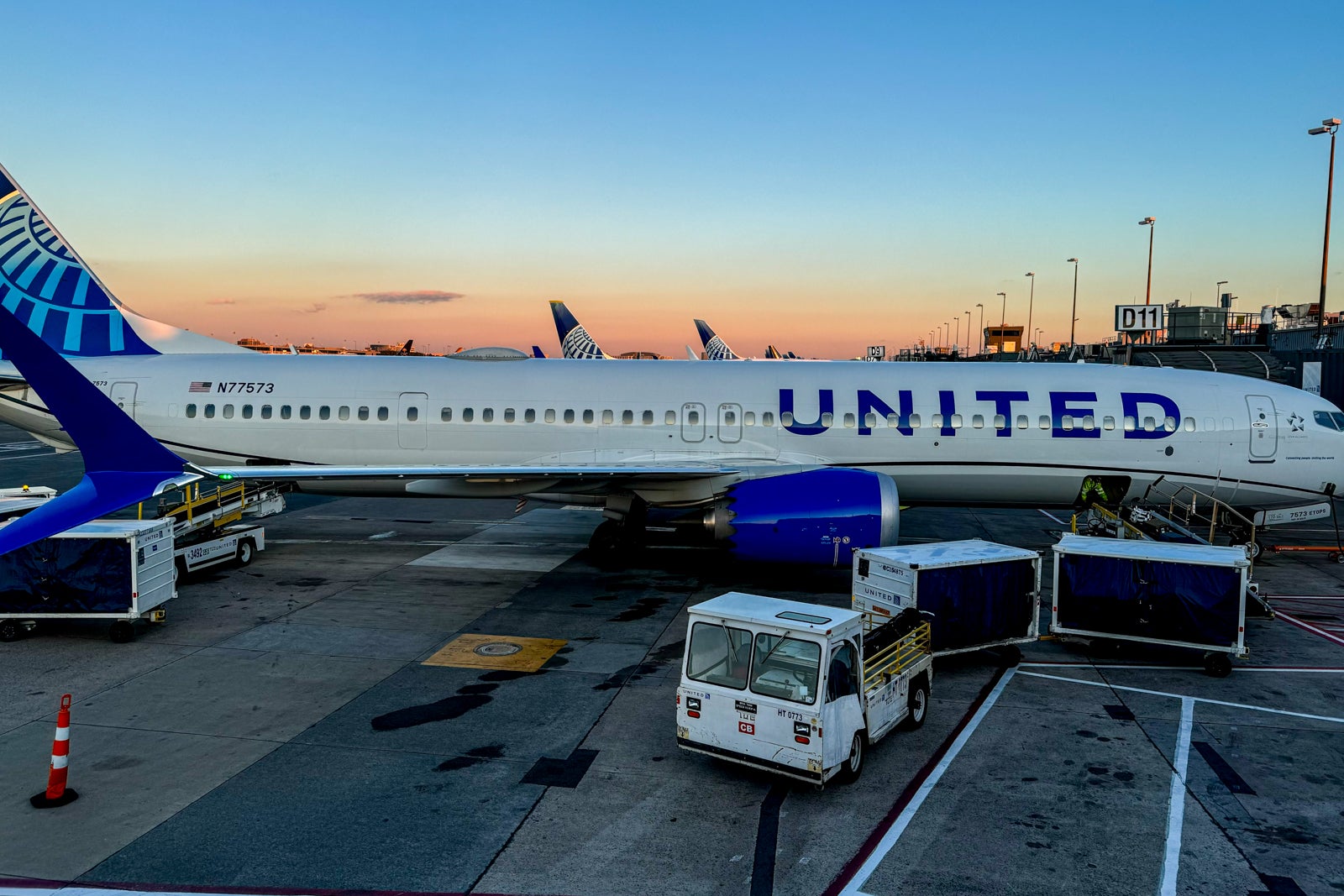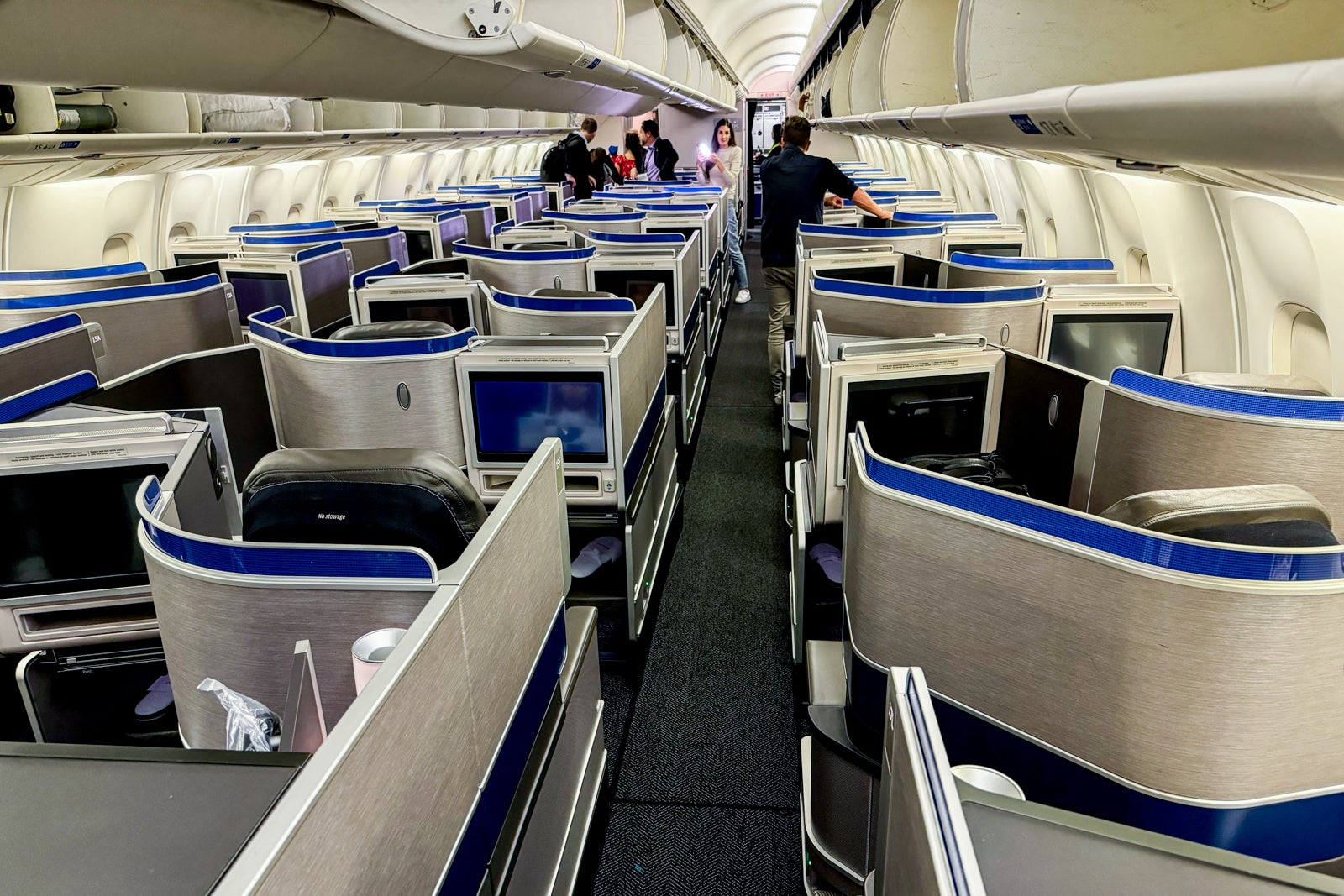United Airlines is reducing its early-morning and late-night flight schedules due to declining demand and increasing economic uncertainties. Nevertheless, the airline reports that its key clientele is preparing for another summer of travel to remote destinations in premium seating.
This week, the Chicago-based airline announced a $387 million profit for the first quarter of 2025, surpassing last year’s performance. This achievement is significant as the first quarter is typically the weakest for airlines, and many do not turn a profit.
Like many in the U.S. airline and travel industry, United has been affected by recent challenges including dwindling demand from international travelers, particularly from Canada and Europe, exacerbated by President Donald Trump’s trade policies, as well as declining U.S. consumer confidence and reduced government travel.
In a conference call, United’s Chief Financial Officer Michael Leskinen expressed, “I feel like we’re marching toward a recession scenario.”
A recent University of Michigan study revealed that consumer sentiment has dropped for the fourth consecutive month, marked by increasing worries about personal finances and a looming recession. This sentiment measure plunged by 30% since December.
Flight Reductions in Response to Economic Concerns
To address the unexpected decrease in travel demand, United has announced reductions in off-peak flights, specifically those departing before 7 a.m. or after 8 p.m.
These significant changes are set to take effect in the third quarter of this year, according to company executives.
This adjustment follows previous capacity reductions, including modifications to routes between the U.S. and Canada, late-night flights, and routes traditionally supported by government travelers.
Data shared by the airline indicates that bookings from European travelers for April through June are currently down 6% compared to last year, and 9% for travelers from Canada.

Daily Newsletter
Enhance your inbox with the Flying Frugal Daily newsletter
Join over 700,000 readers for breaking news, in-depth guides, and exclusive deals from Flying Frugal experts.
Identifying Positive Factors
Despite the challenges, United executives highlighted some positive signs during a discussion with Wall Street analysts.
Stabilization of Demand Drop-off
Although there was a sharp drop in bookings recently, Chief Commercial Officer Andrew Nocella indicated that the decline has not worsened in the past six weeks. He stated, “While there’s a tremendous amount of uncertainty in the economy, we’ve seen stability at that lower demand level.”
Interestingly, bookings for the peak summer travel season are tracking slightly ahead of last year’s numbers, according to Nocella.
Strong Premium and International Demand
The airline remains optimistic about its diverse long-haul routes and premium offerings, such as its Premium Plus economy cabin and Polaris business-class product, catering to high-end travelers like Delta Air Lines.
Next month, United is set to unveil new nonstop flights to several exciting destinations, including Greenland, Mongolia, and Sicily.
Nocella noted, “So far, we haven’t seen any decline in high-end consumers willing to invest in a premium experience,” attributing this stability to the fact that economic uncertainty primarily affects budget-conscious travelers rather than those preferring premium services.
United’s executives believe that the airline’s loyal customer base will remain robust, potentially more so than its competitors, even in worsening economic conditions.
In contrast, the CEO of a leading low-cost airline recently suggested that challenging economic conditions could favor budget airlines. “In recessionary environments, businesses like ours tend to thrive,” said Frontier Airlines CEO Barry Biffle in an NBC News interview.
Despite facing challenges, low-cost carriers like Frontier have struggled to match the profitability levels of larger network airlines, including United.
Cobranded Card Spending Continues
A further indication that consumers are still willing to make significant purchases is the reported 9% increase in spending on United’s cobranded credit cards in the first three months of the year.
Nocella mentioned that these spending trends have persisted into early April.
However, if the economic outlook worsens, executives indicated that further reductions to the airline’s flight schedule may be necessary.
Read more: United credit cards announce new statement credits and increased annual fees — is it worth retaining your card?
Accelerated Retirement of Older Aircraft
As part of its 2025 schedule adjustments, United will expedite the retirement of 21 of its oldest aircraft.
The airline has a substantial order for new jets in the coming years, focusing particularly on long-haul widebody aircraft like the Boeing 787 Dreamliner.
Starlink Service Debuts Next Month
United is set to roll out its fast, complimentary Starlink-powered Wi-Fi service next month on a United Express regional jet. The airline reiterated that the first mainline flight equipped with the new internet service would launch by the end of 2025.
Access will be free for MileagePlus members.
Expanding Presence at O’Hare
United confirmed it has secured control of six additional gates at its primary hub, Chicago’s O’Hare International Airport (ORD).
This development comes during a period of expansion for American Airlines, its chief competitor at O’Hare, which is projected to have a 22% increase in total departing seats this summer compared to last year, as reported by aviation analytics firm Cirium.
Nonetheless, United continues to lead, with a 29% greater seat capacity than American scheduled for June, July, and August.
Related reading:

















